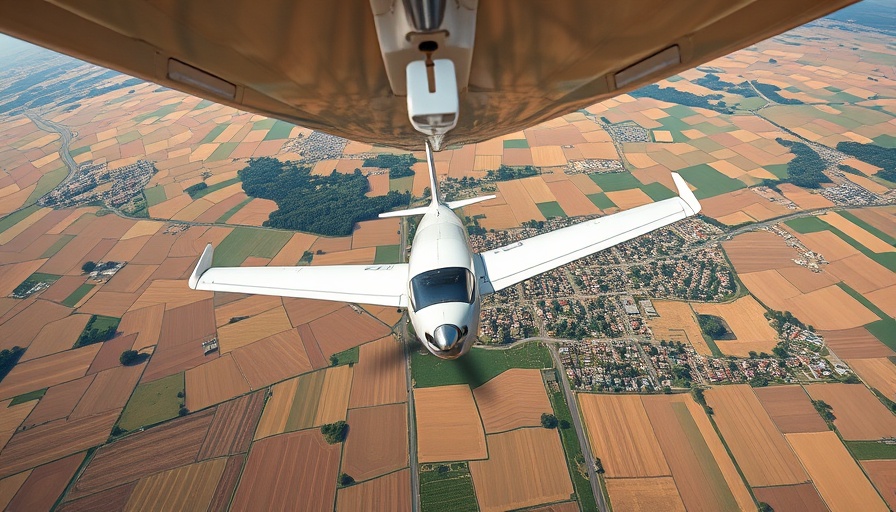
NASA and Reliable Robotics Team Up for Advanced UAS Integration
In an exciting development for the world of aviation technology, Reliable Robotics has announced their partnership with NASA under a Space Act Agreement (SAA). This collaboration aims to enhance the integration of large Uncrewed Aircraft Systems (UAS) into the National Airspace System (NAS). The goal is to support the burgeoning air cargo operations and scalable air transportation through advanced drone capabilities.
According to Shivanjli Sharma, Project Manager at NASA’s Ames Research Center, "The path to high-reliability uncrewed aircraft systems is through rigorous testing and validation." This statement reflects a commitment from both organizations to ensure the safety and efficiency of autonomous aviation through this partnership.
Key Areas of Focus in the Collaboration
As part of the agreement, Reliable Robotics and NASA will delve into three main areas concerning aircraft autonomy. These include:
- Human-in-the-loop Detect and Avoid (DAA): This simulation will help in developing systems that can effectively navigate around potential obstacles in-flight.
- Lost Command and Control (C2) Link: Understanding how to handle situations where communication between the pilot and aircraft is lost is crucial for maintaining safety.
- Airport Interaction Simulation: Examining the interactions that occur as aircraft enter and exit airports will promote smoother operations.
Why This Partnership Matters
Robert Rose, CEO and Co-Founder of Reliable Robotics, emphasized that the partnership is a step towards a futuristic aviation model where autonomous aircraft can seamlessly integrate with existing air traffic systems. He stated, "By working closely with NASA’s experts, we can validate techniques and procedures necessary for improving UAS safety and operation in high-density airspaces."
This partnership not only aims to improve the safety and operational capacities of drones but also represents a significant move towards establishing regulations and standards that could govern the future of UAS in national airspace.
The Broader Implications for the Aviation Industry
The research will support the FAA's efforts to demonstrate a robust and readily available DAA system for UAS in various airspace conditions, which is vital as drone applications proliferate in sectors like delivery services, emergency response, and agricultural monitoring. The integration of more drones could mean a shift in the dynamics of air traffic management, requiring updates in technology and regulations to ensure safety.
In light of this, industry professionals and tech enthusiasts should keep an eye on advancements resulting from this partnership, as they could redefine what is possible in aviation. High-density operational airspaces may soon become a reality with the help of refined technology and robust collaborative frameworks.
Through their innovative work together, Reliable Robotics and NASA could lead aviation into an exciting era where advanced UAS systems function safely and efficiently in our shared airspace.
 Add Row
Add Row  Add
Add 




Write A Comment